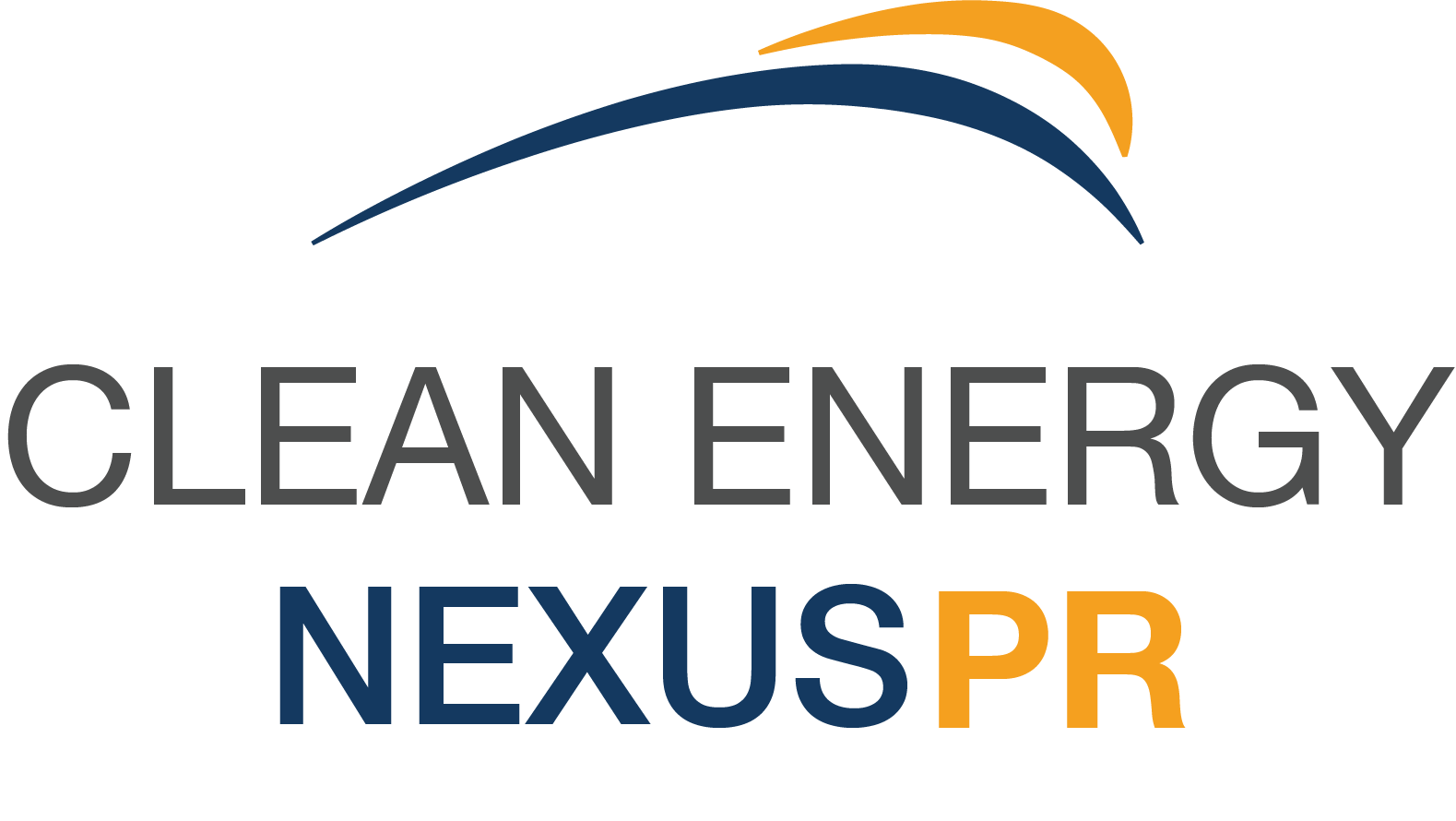Tax equity is a hugely underutilized investment in the solar industry. It's complex, multi-layered, and a missed investment opportunity for many corporations and companies. We've outlined and answered the basic tax equity questions we hear all the time to help you make sense of it and to help you decide if it deserves a piece of your portfolio (hint: it does!).

What is tax equity? In it's most basic form, it's a tax incentive from the federal government to encourage investment in renewable energy.
Tax equity is derived in 3 ways; as an investment tax credit for a percentage of a project’s eligible cost, through depreciation via the Modified Accelerated Cost Recovery System or MACRS, or as a cash distribution from an eligible project.
Why would a company be interested in this investment? Tax equity investment yields a triple bottom line effect; 1) pay less taxes (for every $1 invested receive approx. $1.50 in tax savings), 2) support and be an advocate for green energy and decarbonization, and 3) positively impact the community they support with the project.
What types of companies make these investments? Companies with large cash positions and profits or gains to offset benefit the most from solar tax equity benefits. Examples of these types of companies include banks, insurance companies, technology companies and family offices.
Why is this type of investment relatively unknown? Solar tax equity has a very complex structure that requires significant time and resource investment to fully understand. Unlike other incentives that are simply passed on or sold, this investment requires a partnership agreement and thus brings into the conversation corporate structures and sophisticated accounting methods. Further, the investment happens over time, whereby the investor receives the tax and cash benefits for 5 years and then is bought out by the project partner for a small sum, typically 5% of the invested amount. Rather than a typical one-time payment and credit, it's often structured as a one-time payment with credits, depreciation, and cash rolling in over a 5 year term.
By simplifying this complex transaction we hope that more businesses will be able to utilize it's benefits and in doing so, contribute to their company's growth and that of the solar energy industry!
